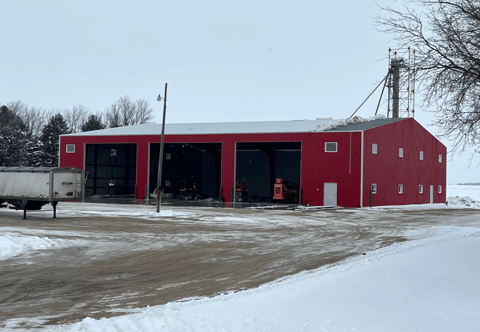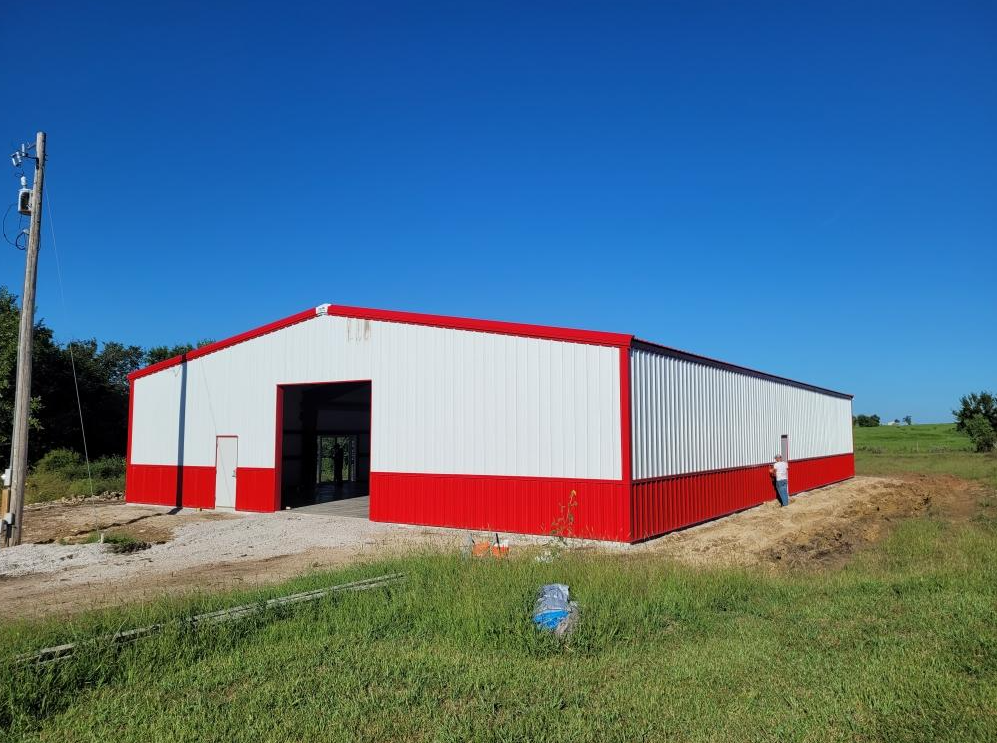
1. Definition and advantages of steel structure
Steel structure is a structural system that uses steel as the main construction material. It has the following advantages:
High strength and rigidity: steel has high strength and rigidity, which makes steel structure can withstand large loads and deformation.
Plasticity and toughness: steel has good plasticity and toughness, which is favorable to the deformation and seismic performance of the structure.
Light weight: Compared with concrete structure, steel structure has higher bearing capacity per unit weight, which reduces the dead weight of the building and saves foundation cost.
Fast construction: prefabrication and welding processing of steel structure can be carried out in factories, which reduces on-site construction time.
Reusable: steel can be recycled and reused, which is conducive to sustainable development and environmental protection.

2. Components of steel structure
Steel structure usually consists of the following components:
Beam: Horizontal load bearing member, mainly used to transfer the floor or roof load to the column.
Column: vertical load bearing member, supporting beam and roof loads, and transferring the loads to the foundation.
Frame: An integral structure consisting of beams and columns, which is the main load-bearing part of a steel structure.
Roof and wall panels: members covering the frame, forming the outer skin of the building.
Connectors: Members used to connect beams, columns and frames, common connection methods include welding, bolts and rivets.
Foundation: The foundation used to support the entire steel structure, usually a concrete foundation.

3. Design and construction of steel structures
The design and construction of steel structures is a complex process that needs to follow relevant standards and codes. The main steps include:
Structural design: According to the use of the building, loading requirements and construction conditions and other factors, design a suitable steel structure program. The design should consider aspects such as strength, stiffness, stability and seismic performance.
Material selection: Selection of suitable steel, commonly used including ordinary carbon structural steel and high strength steel.
Drawing: Detailed construction drawings are drawn according to the design scheme, including information such as component size and connection methods.
Prefabrication and processing: Prefabrication and processing of steel in the factory to produce beams, columns and other components, and corrosion protection treatment.
On-site construction: The prefabricated components are transported to the site, assembled and connected to form a complete steel structure.
Acceptance and monitoring: The steel structure is accepted to ensure that it meets the design requirements. Regular monitoring and maintenance are also required during the use phase.

4. Areas of application of steel structures
Steel structure is widely used in various fields, including but not limited to:
Commercial buildings: such as office buildings, shopping centers and hotels.
Industrial buildings: such as factories, warehouses and power plants.
Bridges: such as highway and railroad bridges, etc.
Stadiums: such as gymnasiums and stadiums, etc.
High-rise buildings, such as skyscrapers and high-rise residential buildings.
Overall, steel structure has become an indispensable part of modern architecture and engineering due to its superior performance and flexible design features.

